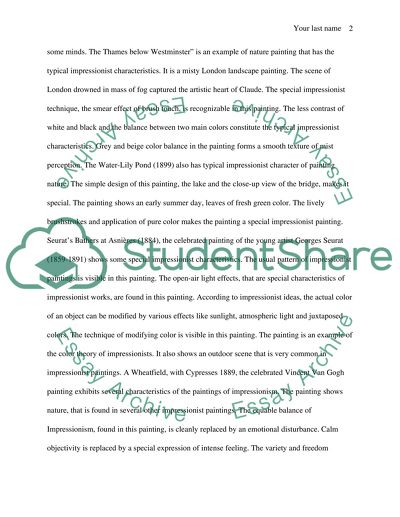Cite this document
(“What did the Impressionists aim to do Discuss their subject matter and Essay”, n.d.)
Retrieved from https://studentshare.org/environmental-studies/1416479-what-did-the-impressionists-aim-to-do-discuss
Retrieved from https://studentshare.org/environmental-studies/1416479-what-did-the-impressionists-aim-to-do-discuss
(What Did the Impressionists Aim to Do Discuss Their Subject Matter and Essay)
https://studentshare.org/environmental-studies/1416479-what-did-the-impressionists-aim-to-do-discuss.
https://studentshare.org/environmental-studies/1416479-what-did-the-impressionists-aim-to-do-discuss.
“What Did the Impressionists Aim to Do Discuss Their Subject Matter and Essay”, n.d. https://studentshare.org/environmental-studies/1416479-what-did-the-impressionists-aim-to-do-discuss.


